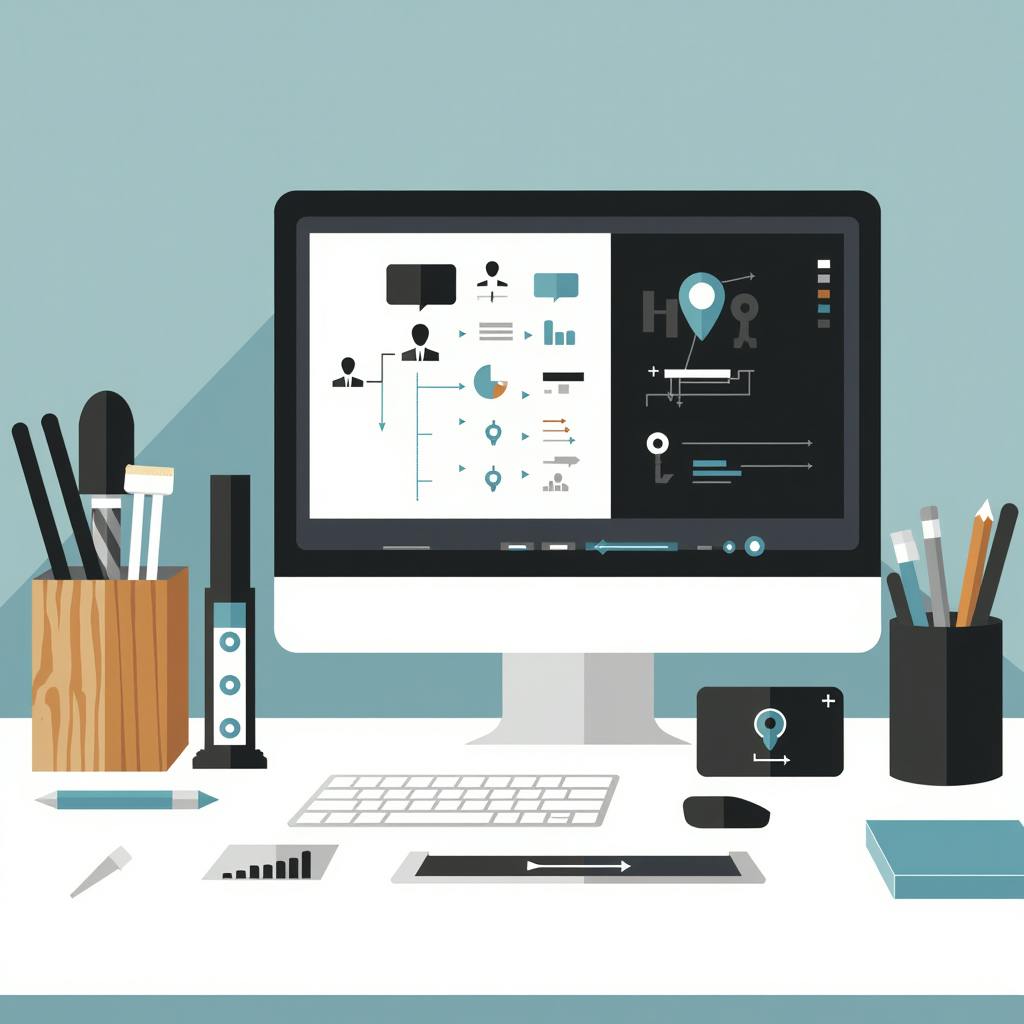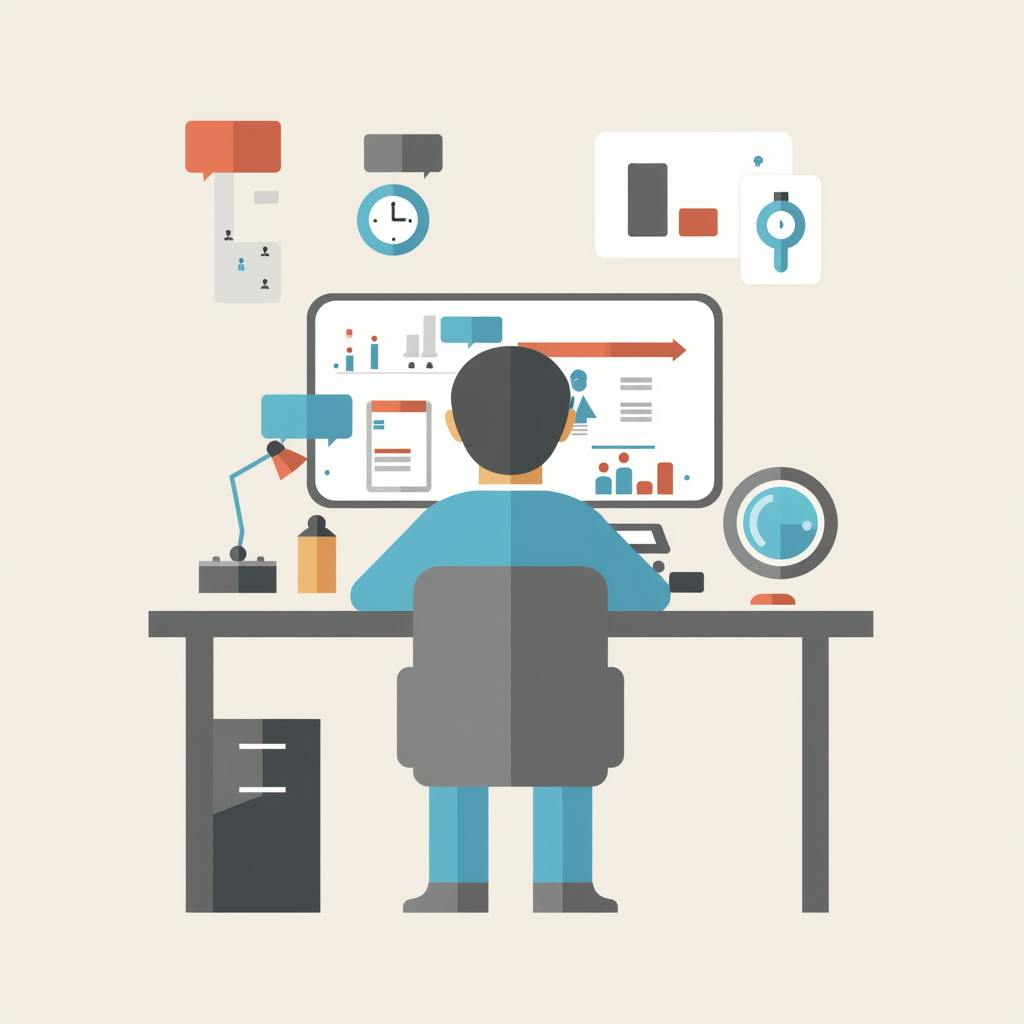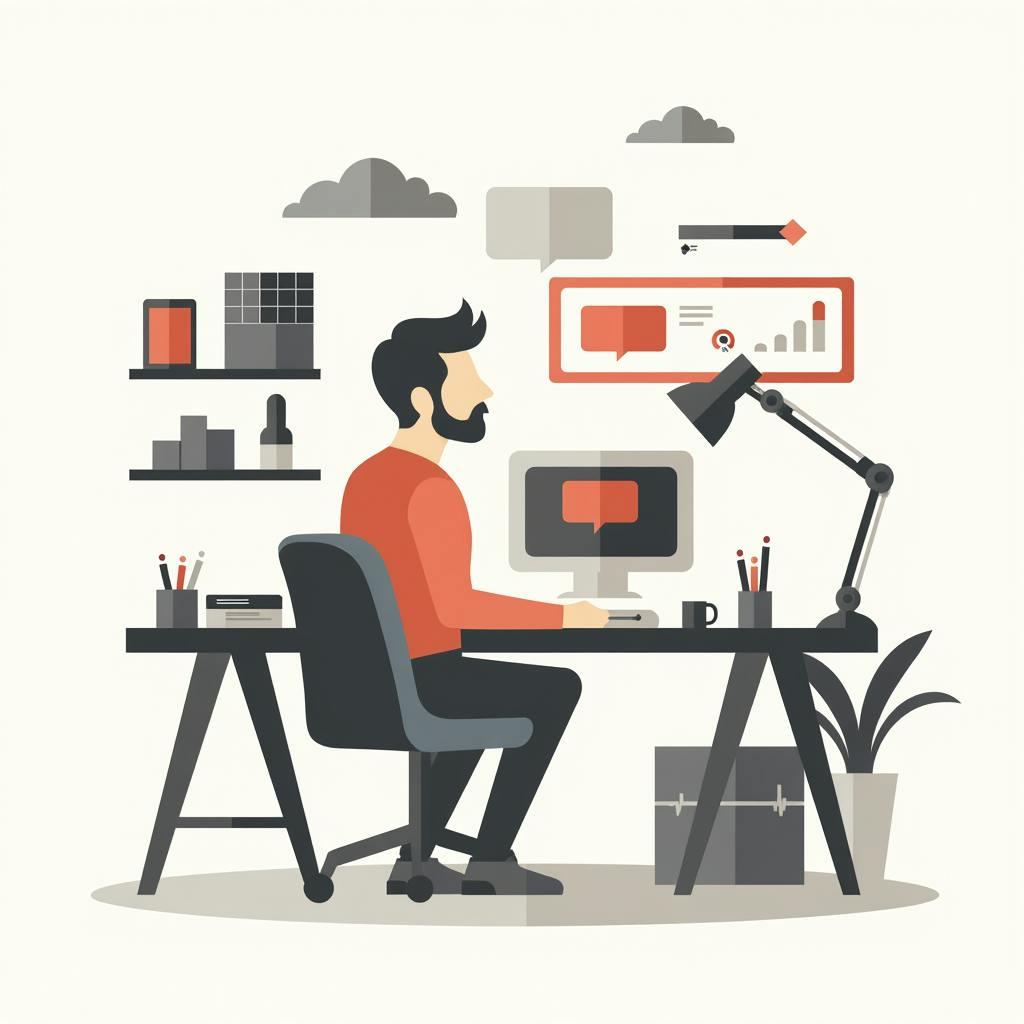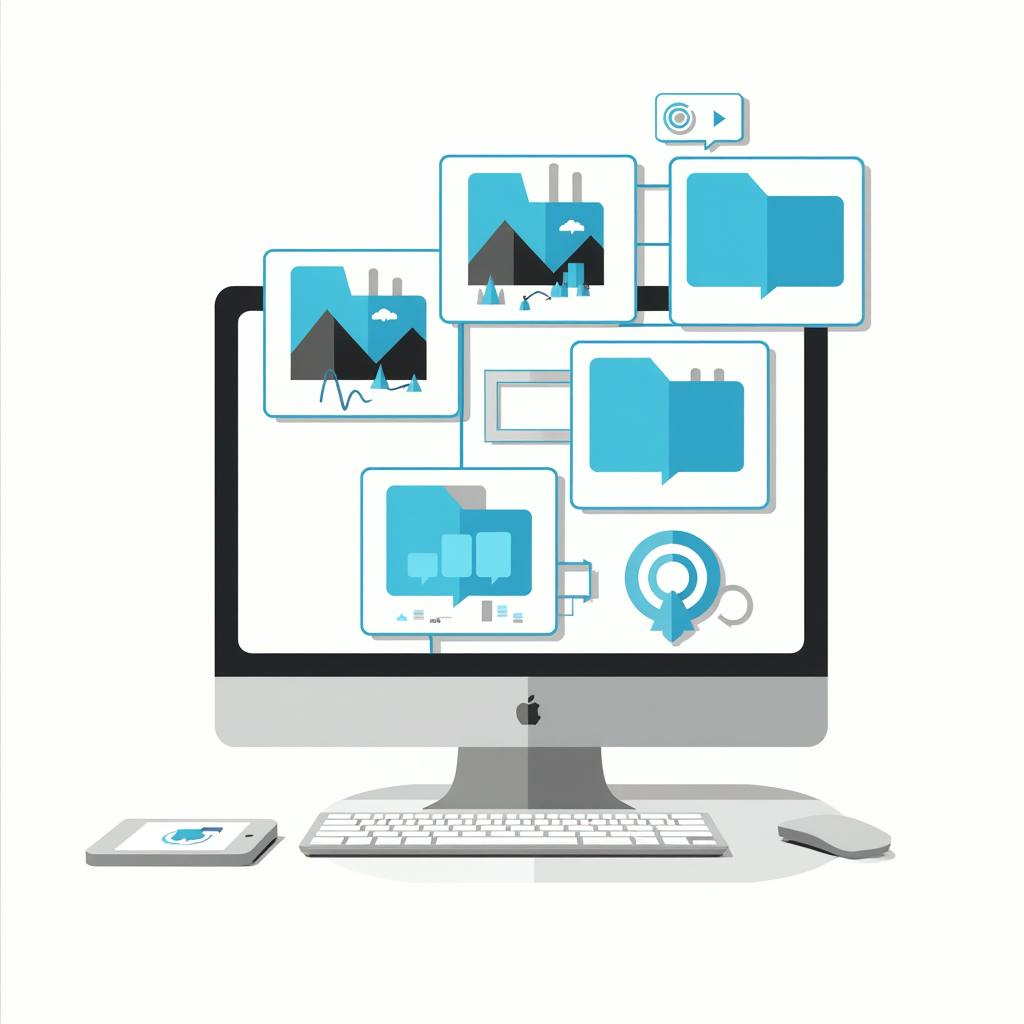In the fast-paced world of product development and industrial engineering, efficiency in design is not just a buzzword but a critical aspect that dictates success and sustainability. Efficiency in design centers around maximizing productivity while minimizing resource input—including time, materials, and costs. By adopting time-saving design techniques, leveraging lean design methodology, and optimizing design processes, companies can drive significant improvements in their product lifecycle, ensuring they stay competitive in today's dynamic marketplace.
Understanding Efficiency in Design
Efficiency in design pertains to creating products or systems that achieve maximum functionality with minimal waste. It's about finding the perfect balance between innovation and practicality to deliver designs that are not only effective but also sustainable in resource usage. This involves a strategic assessment and continuous improvement of design processes, from initial concept to production and beyond. Clarity in understanding efficiency in design helps teams align their efforts towards a unified goal—creating high-quality products swiftly and economically.
Optimizing Design Processes
To fully grasp efficiency in design, one must first appreciate the need for optimization in design processes. Optimization involves analyzing and refining design elements to ensure they function seamlessly, often utilizing software tools and simulations that can predict performance outcomes. Additionally, aligning design processes with lean principles can further enhance efficiency, reducing unnecessary steps and focusing on tasks that add value to the final product.
Time-Saving Design Techniques
Streamlining design workflows through time-saving design techniques is essential for productivity. Techniques such as modular design, concurrent engineering, and digital prototyping can significantly reduce development time and increase product quality. Modular design breaks down complex systems into manageable components, allowing for easier updates and customization. Concurrent engineering fosters collaboration across multiple departments, ensuring cohesive and efficient project completion. Digital prototyping, on the other hand, allows for rapid iteration and testing, cutting down on costly physical prototypes.

AI made with Stephanie Jagiello
Embracing Lean Design Methodology
Lean design methodology is a powerful strategy to eliminate waste. Originating from manufacturing processes, this methodology emphasizes creating more value for customers with fewer resources. In design, this means focusing on essential features, minimizing over-engineering, and constantly refining processes to improve outcome quality and reduce production times. By embracing a lean approach, teams can drive innovation while managing costs effectively.
The Value of Efficiency in Design for Productivity
Efficiency in design directly correlates with enhanced productivity in design teams. By reducing redundancies and ensuring a smooth transition from one phase of design to the next, teams can deliver projects on time without sacrificing quality. Productivity in design is about achieving more with less, optimizing both human and material resources to create solutions that meet or exceed expectations.
Addressing Common Questions
How can companies integrate efficiency in design with existing processes?
Transitioning to more efficient design processes requires a cultural shift towards adaptability and continuous improvement. This can be achieved by training teams in lean methodologies, investing in the latest design software, and fostering an environment that encourages innovation and collaborative problem-solving.
What are the benefits of implementing efficiency in design for small businesses?
For small businesses, efficiency in design can be a significant competitive advantage, allowing them to bring products to market faster and more cost-effectively. It enables small firms to respond agilely to market demands and changes, positioning them as capable contenders in larger markets.
Supporting Efficiency in Design with Evidence
Numerous case studies and industry reports underscore the benefits of adopting efficiency in design practices. Companies that prioritize optimization in design processes see significant reductions in time-to-market, improved product quality, and substantial cost savings. Additionally, successful case studies from leading companies demonstrate improved customer satisfaction and enhanced brand reputation as direct outcomes of efficient design practices.
FAQ: Efficiency in Design for Maximum Output
In the world of product design and industrial engineering, achieving efficiency in design is crucial for maximizing output, enhancing productivity, and ensuring sustainability. Below, we address some of the most common questions surrounding the topic of efficiency in design.
What strategies can be implemented to improve efficiency in design for maximum output?
There are several strategies that can be implemented to improve efficiency in design, including:
- Design for Manufacturability (DFM): This strategy involves designing products in such a way that they are easy to manufacture. This includes simplifying the design, reducing the number of parts, and selecting materials that are easy to work with.
- Lean Design Principles: Applying lean thinking to design processes helps in identifying and eliminating waste. This can lead to more streamlined production processes and significant cost savings.
- Modular Design: Creating interchangeable components or modules allows for greater flexibility and easier updates or repairs, reducing downtime and improving overall production efficiency.
- Use of CAD and Simulation Tools: Leveraging advanced computer-aided design (CAD) and simulation tools can help visualize and test different design iterations quickly, allowing for optimization before physical prototyping.
- Cross-functional Collaboration: Encouraging collaboration between different departments such as design, engineering, and manufacturing can lead to more holistic and practical design solutions.
- Iterative Design Processes: By adopting an iterative approach, designers can make gradual improvements based on feedback, which helps in fine-tuning the product for efficiency.
How does efficiency in design affect overall product output?
Efficiency in design has a direct impact on overall product output in several ways:
- Reduction of Production Time: Streamlined designs lead to faster manufacturing processes and shorter time to market.
- Cost Savings: Efficient designs use fewer resources and materials, reducing costs associated with production.
- Improved Quality: Designs that consider manufacturability and functionality from the outset result in fewer errors and higher-quality products.
- Increased Flexibility and Innovation: Efficient design processes allow for rapid adaptation to changes in market demand or technology, fostering innovation.
- Sustainability Impact: Designing with efficiency in mind often results in less waste and more sustainable products, which is increasingly important to consumers.

AI made with Stephanie Jagiello
What are the key factors to consider for achieving maximum output through efficient design?
Achieving maximum output through efficient design involves considering several key factors:
- Understanding of Market Needs: Design should be closely aligned with consumer demands and expectations to ensure relevance and acceptance.
- Material Selection: Choosing the right materials can greatly influence the ease of manufacturing, cost, and product performance.
- Design Complexity: Balancing functionality with simplicity in design is crucial. Overly complex designs can lead to production difficulties and inefficiencies.
- Prototyping and Testing: Before full-scale production, adequately testing and refining prototypes can prevent costly errors and inefficiencies in the design.
- Feedback and Iteration: Regular feedback from stakeholders and iterative improvement loops can help in refining designs for better efficiency.
- Integration of Technology: Utilizing the latest technologies in design and production processes can lead to significant improvements in efficiency.
Could you provide examples of efficient design strategies that can lead to maximum output?
Yes, here are a few examples of efficient design strategies:
- 3D Printing for Rapid Prototyping: This technology allows for fast and cost-effective creation of prototypes, enabling quicker iterations and refinement.
- Design Automation: Automation tools can streamline repetitive tasks involved in design processes, freeing up time for more complex analysis and creative endeavors.
- Use of AI and Machine Learning: These technologies can optimize design by predicting potential issues and suggesting improvements, enhancing efficiency in the design process.
- Sustainable Design Practices: Implementing sustainable materials and processes not only enhances efficiency by reducing waste but also creates long-term value by being environmentally friendly.
- Kanban Systems: Implementing Kanban in design workflows can help to visualize work progress, identify bottlenecks, and balance demand against team capacity for enhanced efficiency.
Efficiency in design is an ongoing pursuit that requires a balance between creativity, practicality, and technological advancements. By embracing these strategies, product design experts and industrial engineers can achieve maximum output and drive success in the competitive marketplace.
Conclusion: Embracing Efficiency in Design for Future Success
Efficiency in design is pivotal for maximizing output in product development and industrial engineering. By adopting time-saving design techniques, lean design methodology, and optimizing design processes, companies can drive success and sustainability. As industries continuously evolve, efficiency in design will remain central to innovation, productivity, and competitiveness. Embracing these principles today prepares organizations for the challenges and opportunities of tomorrow, ensuring they remain at the forefront of their respective fields.

